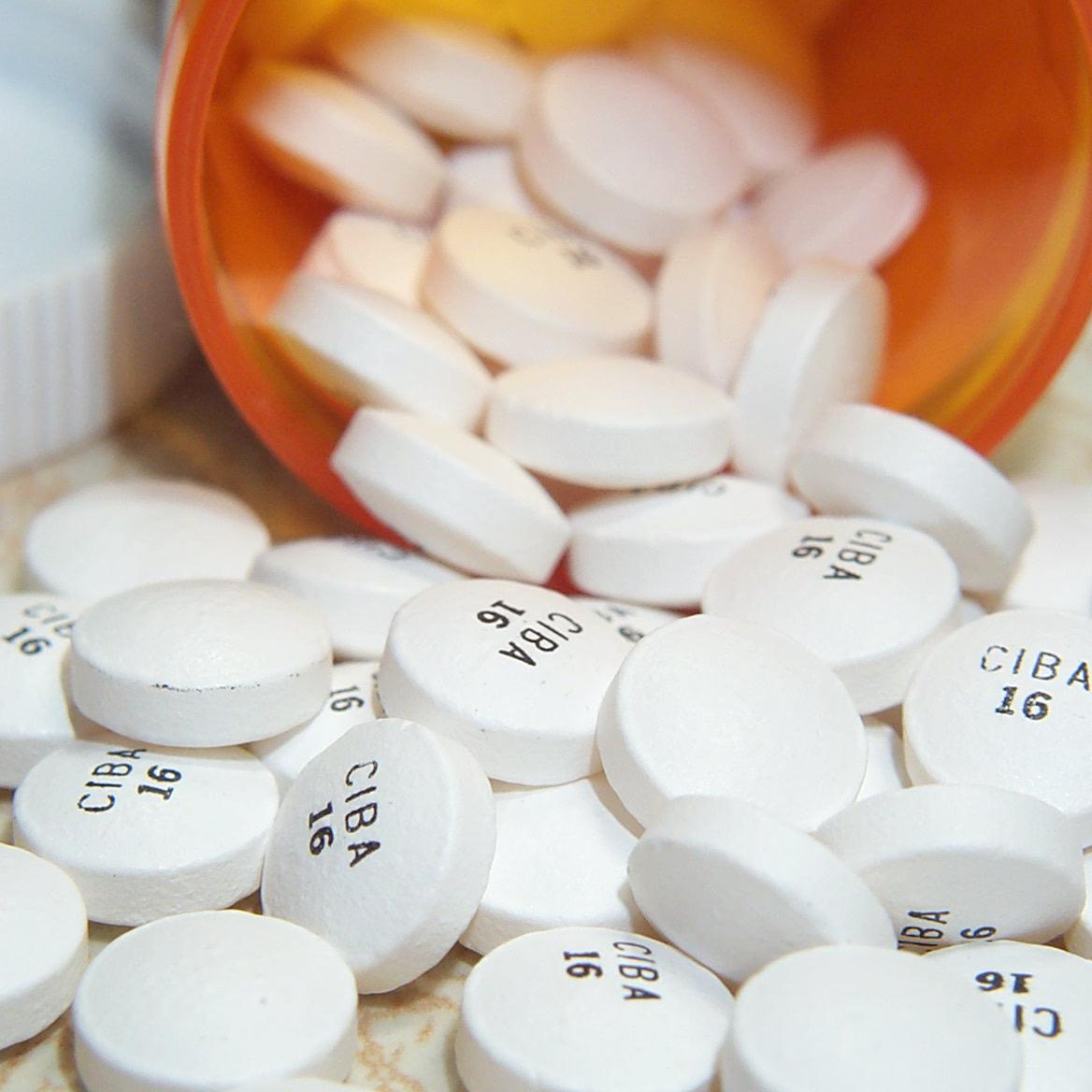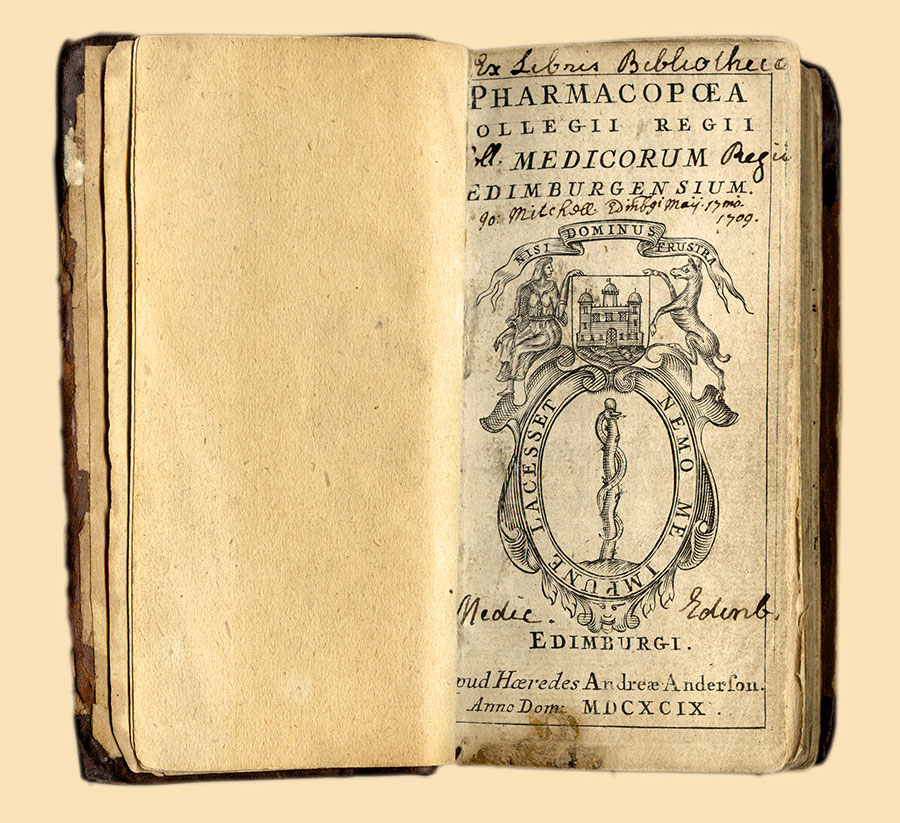|
International Council For Harmonisation Of Technical Requirements For Pharmaceuticals For Human Use
The International Council for Harmonisation of Technical Requirements for Pharmaceuticals for Human Use (ICH) is an initiative that brings together regulatory authorities and pharmaceutical industry to discuss scientific and technical aspects of pharmaceutical product development and registration. The mission of the ICH is to promote public health by achieving greater harmonisation through the development of technical Guidelines and requirements for pharmaceutical product registration. Harmonisation leads to a more rational use of human, animal and other resources, the elimination of unnecessary delay in the global development, and availability of new medicines while maintaining safeguards on quality, safety, efficacy, and regulatory obligations to protect public health. Junod notes in her 2005 treatise on Clinical Drug Trials that "Above all, the ICH has succeeded in aligning clinical trial requirements." History In the 1980s the European Union began harmonising regulatory requirem ... [...More Info...] [...Related Items...] OR: [Wikipedia] [Google] [Baidu] |
European Union
The European Union (EU) is a supranational political and economic union of member states that are located primarily in Europe. The union has a total area of and an estimated total population of about 447million. The EU has often been described as a ''sui generis'' political entity (without precedent or comparison) combining the characteristics of both a federation and a confederation. Containing 5.8per cent of the world population in 2020, the EU generated a nominal gross domestic product (GDP) of around trillion in 2021, constituting approximately 18per cent of global nominal GDP. Additionally, all EU states but Bulgaria have a very high Human Development Index according to the United Nations Development Programme. Its cornerstone, the Customs Union, paved the way to establishing an internal single market based on standardised legal framework and legislation that applies in all member states in those matters, and only those matters, where the states have agreed to ac ... [...More Info...] [...Related Items...] OR: [Wikipedia] [Google] [Baidu] |
Japan Pharmaceutical Manufacturers Association
The Japan Pharmaceutical Manufacturers Association (JPMA) is the organization representing the research-based pharmaceutical industry operating in Japan. The JPMA has 74 members including 20 overseas affiliates (as of October 1, 2006). See also * Juvenile Products Manufacturers Association (JPMA) * European Federation of Pharmaceutical Industries and Associations (EFPIA) * International Federation of Pharmaceutical Manufacturers Associations (IFPMA) * Pharmaceutical Research and Manufacturers of America (PhRMA) * Portuguese Pharmaceutical Industry Association External links Japan Pharmaceutical Manufacturers Association (JPMA) {{Authority control Pharmaceutical industry trade groups Pharmaceutical companies of Japan ... [...More Info...] [...Related Items...] OR: [Wikipedia] [Google] [Baidu] |
Pharmaceuticals Policy
Pharmaceutical policy is a branch of health policy that deals with the development, provision and use of medications within a health care system. It embraces drugs (both brand name and generic), biologics (products derived from living sources, as opposed to chemical compositions), vaccines and natural health products. Funding of research in the life sciences In many countries, an agency of the national government (in the U.S. the NIH, in the U.K. the MRC, and in India the DST) funds university researchers to study the causes of disease, which in some cases leads to the development of discoveries which can be transferred to pharmaceutical companies and biotechnology companies as a basis for drug development. By setting its budget, its research priorities and making decisions about which researchers to fund, there can be a significant impact on the rate of new drug development and on the disease areas in which new drugs are developed. For example, a major investment by the NIH int ... [...More Info...] [...Related Items...] OR: [Wikipedia] [Google] [Baidu] |
Clinical Research
Clinical research is a branch of healthcare science that determines the safety and effectiveness ( efficacy) of medications, devices, diagnostic products and treatment regimens intended for human use. These may be used for prevention, treatment, diagnosis or for relieving symptoms of a disease. Clinical research is different from clinical practice. In clinical practice established treatments are used, while in clinical research evidence is collected to establish a treatment. Overview The term "clinical research" refers to the entire bibliography of a drug/device/biologic, in fact any test article from its inception in the lab to its introduction to the consumer market and beyond. Once the promising candidate or the molecule is identified in the lab, it is subjected to pre-clinical studies or animal studies where different aspects of the test article (including its safety toxicity if applicable and efficacy, if possible at this early stage) are studied. In the United State ... [...More Info...] [...Related Items...] OR: [Wikipedia] [Google] [Baidu] |
Uppsala Monitoring Centre
Uppsala Monitoring Centre (UMC), located in Uppsala, Sweden, is the field name for the World Health Organization Collaborating Centre for International Drug Monitoring. UMC works by collecting, assessing and communicating information from member countries' national pharmacovigilance centres in regard to the benefits, harm, effectiveness and risks of drugs. Background Since 1978, responsibility for managing the WHO Programme for International Drug Monitoring has been carried by UMC. In the early years the staff consisted of just three pharmacists based at the Swedish Medical Products Agency (Läkemedelsverket); currently over 100 staff work in central Uppsala. The founding chairman and acting Director was Professor Åke Liljestrand. From 1990 to 2009 the Director was Professor Ralph Edwards. Since September 2009 Dr. Marie Lindquist is the Director. The Chief Medical Officer is Dr. Pia Caduff and the Head of Research is Dr. Niklas Norén. The work of the UMC is: * To co-ordinat ... [...More Info...] [...Related Items...] OR: [Wikipedia] [Google] [Baidu] |
Food And Drug Administration (Taiwan)
Food is any substance consumed by an organism for nutritional support. Food is usually of plant, animal, or fungal origin, and contains essential nutrients, such as carbohydrates, fats, proteins, vitamins, or minerals. The substance is ingested by an organism and assimilated by the organism's cells to provide energy, maintain life, or stimulate growth. Different species of animals have different feeding behaviours that satisfy the needs of their unique metabolisms, often evolved to fill a specific ecological niche within specific geographical contexts. Omnivorous humans are highly adaptable and have adapted to obtain food in many different ecosystems. The majority of the food energy required is supplied by the industrial food industry, which produces food with intensive agriculture and distributes it through complex food processing and food distribution systems. This system of conventional agriculture relies heavily on fossil fuels, which means that the food and agricultur ... [...More Info...] [...Related Items...] OR: [Wikipedia] [Google] [Baidu] |
Swissmedic
The Swiss Agency for Therapeutic Products (Swissmedic) is the Swiss surveillance authority for medicines and medical devices, registered in Bern. It began operations on 1 January 2002 as successor of ''Interkantonale Kontrollstelle für Heilmittel'' (IKS), which was itself the successor of ''Schweizerische Arzneimittelnebenwirkungszentrale'' (SANZ). Swissmedic is affiliated to the Federal Department of Home Affairs. Structure Swissmedic is a federal institution subject to public law and was created by the Federal Act on Medicinal Products and Medical Devices. ()page visited on 10 August 2013. It is independent in organization and management and has authority over its own budget. Swissmedic has 300 full-time employees. Funct ...
|
Regulation Of Therapeutic Goods
The regulation of therapeutic goods, defined as drugs and therapeutic devices, varies by jurisdiction. In some countries, such as the United States, they are regulated at the national level by a single agency. In other jurisdictions they are regulated at the state level, or at both state and national levels by various bodies, as in Australia. The role of therapeutic goods regulation is designed mainly to protect the health and safety of the population. Regulation is aimed at ensuring the safety, quality, and efficacy of the therapeutic goods which are covered under the scope of the regulation. In most jurisdictions, therapeutic goods must be registered before they are allowed to be sold. There is usually some degree of restriction on the availability of certain therapeutic goods, depending on their risk to consumers. History Modern drug regulation has historical roots in the response to the proliferation of universal antidotes which appeared in the wake of Mithridates' death. ... [...More Info...] [...Related Items...] OR: [Wikipedia] [Google] [Baidu] |
Pharmaceuticals And Medical Devices Agency
The (PhMDA) is an Independent Administrative Institution responsible for ensuring the safety, efficacy and quality of pharmaceuticals and medical devices in Japan. It is similar in function to the Food and Drug Administration in the United States, the Medicines and Healthcare products Regulatory Agency in the United Kingdom or the Food and Drug Administration in the Philippines. The PhMDA has been eCTD compliant at least since December 2017. Tasks Among other things, the agency is tasked with the following: * Drug and medical device testing: ** Scientific review of market authorization applications based on Japanese pharmaceutical law ** Advice in clinical trials or in the preparation of dossiers for the registration procedure (New Drug Applications (NDA)) ** Inspection and conformity assessment of Good Clinical Practice (GCP), Good Laboratory Practice (GLP), and Good Practice Systems and Programs (GPSP) ** Auditing of manufacturers to ensure they conform to Good Manufacturi ... [...More Info...] [...Related Items...] OR: [Wikipedia] [Google] [Baidu] |
Pharmaceutical Research And Manufacturers Of America
Pharmaceutical Research and Manufacturers of America (PhRMA, pronounced ), formerly known as the Pharmaceutical Manufacturers Association, is a trade group representing companies in the pharmaceutical industry in the United States. Founded in 1958, PhRMA lobbies on behalf of pharmaceutical companies. PhRMA is headquartered in Washington, DC. The organization has lobbied fiercely against allowing Medicare to negotiate drug prices for Medicare recipients. At the state level, the organization has lobbied to prevent price limits and greater price transparency for drugs. PhRMA has given substantial dark money donations to right-wing advocacy groups such as the American Action Network (which lobbied heavily against the Affordable Care Act), the Koch brothers' Americans for Prosperity and Grover Norquist's Americans for Tax Reform, while rarely providing some donations to centrist or moderately right-leaning groups such as Center Forward. Membership Leadership George A. Scangos, ... [...More Info...] [...Related Items...] OR: [Wikipedia] [Google] [Baidu] |
Pharmacopoeia
A pharmacopoeia, pharmacopeia, or pharmacopoea (from the obsolete typography ''pharmacopœia'', meaning "drug-making"), in its modern technical sense, is a book containing directions for the identification of compound medicines, and published by the authority of a government or a medical or pharmaceutical society. Descriptions of preparations are called monographs. In a broader sense it is a reference work for pharmaceutical drug specifications. Etymology The term derives from grc, φαρμακοποιία ''pharmakopoiia'' "making of (healing) medicine, drug-making", a compound of φάρμακον ''pharmakon'' "healing medicine, drug, poison", the verb ποιεῖν ''poiein'' "to make" and the abstract noun suffix -ία ''-ia''. In early modern editions of Latin texts, the Greek diphthong οι (''oi'') is latinized to its Latin equivalent ''oe'' which is in turn written with the ligature ''œ'', giving the spelling ''pharmacopœia''; in modern UK English, ''œ'' is ... [...More Info...] [...Related Items...] OR: [Wikipedia] [Google] [Baidu] |
Pharmaceutical Policy
Pharmaceutical policy is a branch of health policy that deals with the development, provision and use of medications within a health care system. It embraces drugs (both brand name and generic), biologics (products derived from living sources, as opposed to chemical compositions), vaccines and natural health products. Funding of research in the life sciences In many countries, an agency of the national government (in the U.S. the NIH, in the U.K. the MRC, and in India the DST) funds university researchers to study the causes of disease, which in some cases leads to the development of discoveries which can be transferred to pharmaceutical companies and biotechnology companies as a basis for drug development. By setting its budget, its research priorities and making decisions about which researchers to fund, there can be a significant impact on the rate of new drug development and on the disease areas in which new drugs are developed. For example, a major investment by the NIH int ... [...More Info...] [...Related Items...] OR: [Wikipedia] [Google] [Baidu] |



